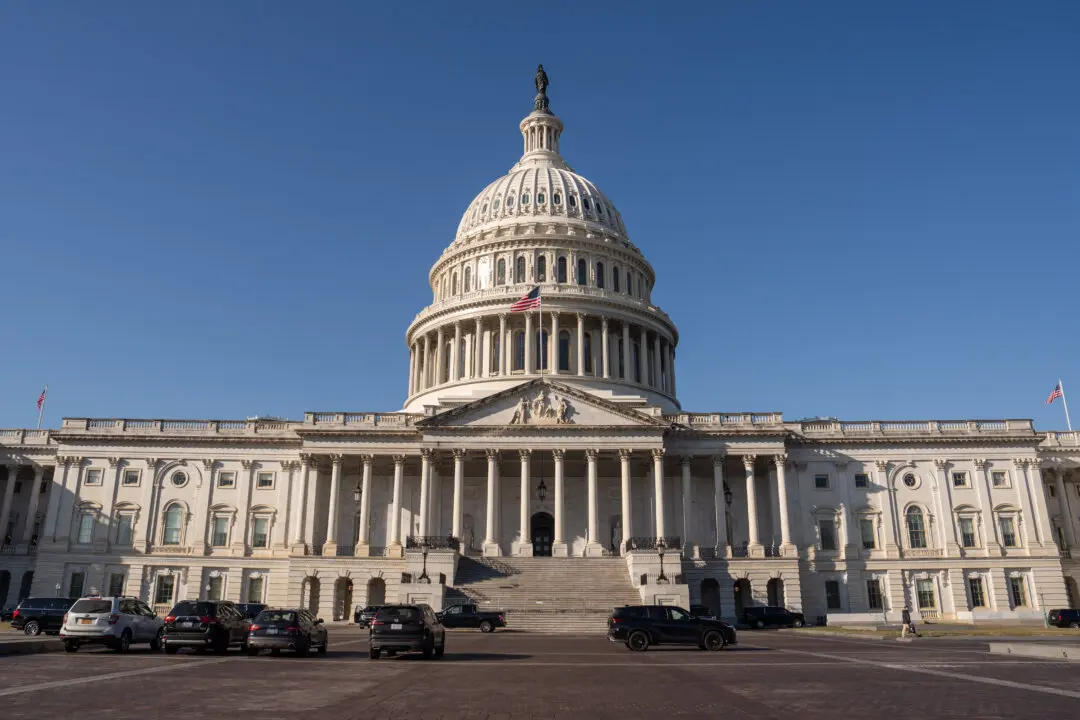It’s an unwieldy process that funds a government so large and larded with mandatory entitlements that billions are spent on “auto-pilot,” regardless of what Congress does in cutting discretionary spending—no matter who is in the White House.
With the federal government now functioning through a continuing resolution (CR) adopted late on Sept. 30 to extend previous year funding levels through to Nov. 17, it marks the 49th time since 2010 that a temporary measure was installed to keep agencies afloat after Oct.1.





